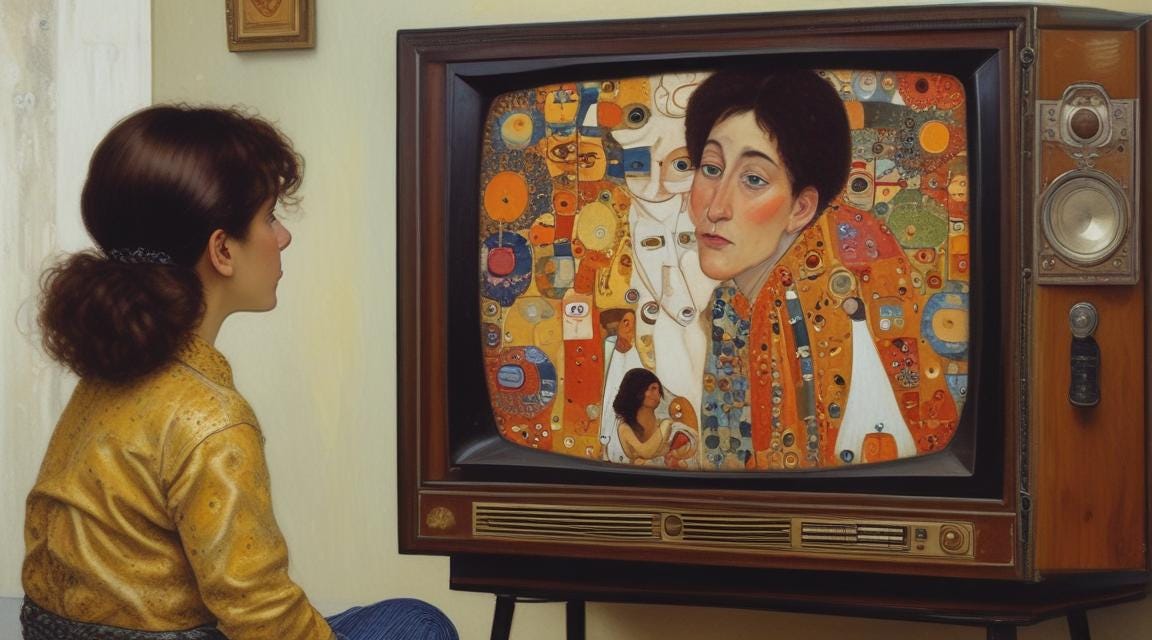Hello Reader,
Today we are talking about the The Parasocial Interaction Effect.
What is it?
It refers to the one-sided, psychological relationship people develop with media personalities, celebrities, or fictional characters.
These interactions feel real to the audience, mimicking real social relationships.
Coined by psychologists Donald Horton and Richard Wohl in 1956, it explains how viewers or fans form strong emotional connections with people they see on TV, hear on the radio, or follow on social media, despite these personalities being unaware of their existence.
Famous Examples:
Mr. Rogers: The beloved host of Mister Rogers' Neighborhood often spoke directly to the camera, making children feel like they had a personal relationship with him.
YouTubers and Streamers: Many modern content creators on platforms like YouTube and Twitch create parasocial relationships with their audiences by engaging in seemingly direct conversations and sharing intimate aspects of their lives.
😘 The Only Book You Need To Read This Year!
The Psych Handbook has 150+ biases & fallacies explained with emojis!
Get the Amazon Kindle copy from here. (40% off )
What do I need to know:
Emotional Attachment: The Parasocial Interaction Effect shows how people form emotional attachments to media personalities, sometimes as a way to satisfy social needs.
Impact on Behavior: These relationships can influence fans' values, choices, and behaviors, demonstrating the psychological power of media figures.
Community and Connection: Although one-sided, parasocial relationships can foster a sense of belonging and connection among fans, leading to shared interests and communities.
Limitations: While parasocial relationships can provide comfort, they should not replace real, reciprocal social connections, as over-dependence may hinder real-life interactions.
Source:




This is pretty interesting. 😅